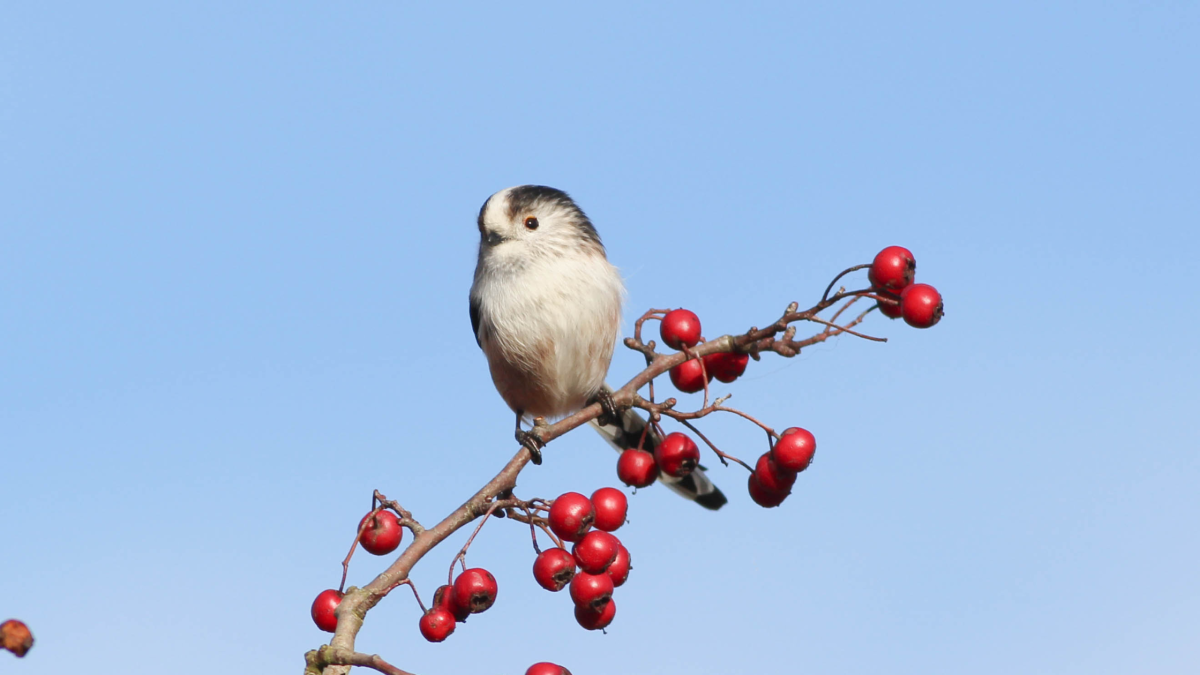
Winter wildlife watch
Cold weather, bare trees, and shorter days all create challenges for our winter wildlife. Around the Forest, our wild residents are enduring a season of cold dark days – some will stay in their burrows and hibernate, some will brave the cold and forage for food, others are only just arriving from their migration.
There are clues around the Forest that tell us all about winter wildlife, how animals overcome the challenges of winter, where they live and what they eat to survive.
Hibernation, migration, and overwintering
Some animals hibernate through winter. This mostly includes small mammals, amphibians, reptiles, and insects. During hibernation, these animals preserve their energy, lowering their temperature, heart rate and metabolism. By doing this they can eat less and stay protected in their burrows through winter. This is an ideal survival method for hedgehogs, toads, newts, bats, and even bees.
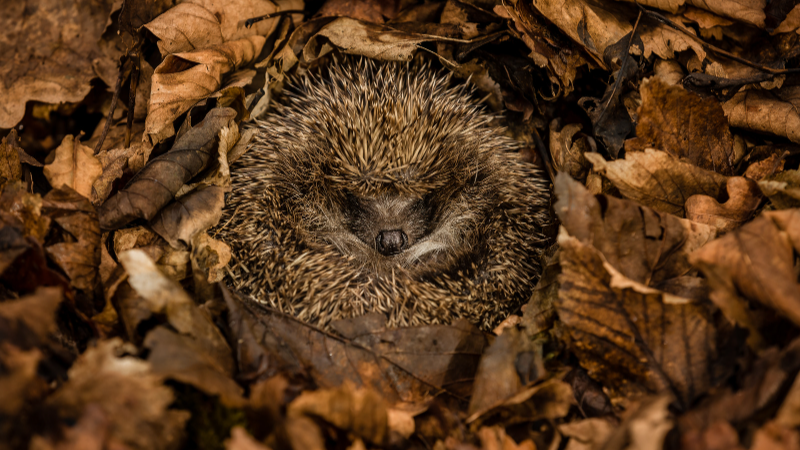
Birds, however, do not hibernate. Because they can fly away from harsh winters and migrate to warmer continents, birds have not developed this survival instinct. Most migratory birds that are native to the UK fly to the continent of Africa, where they stay until spring. Smaller birds like tits, sparrows, and finches are more likely to stay in the Forest through winter, as their small wings are not built for migration.
The majority of butterfly and moth species in the UK overwinter in a larval stage. Overwintering is a form of hibernation that most insects undergo to survive the harsh conditions winter brings to the Forest. Overwintering can happen in any stage of the insect’s life, from egg to adult. Because their bodies do not provide enough warmth to keep them alive in winter, insects rely on external sources of heat.
Overwintering insects can be found under the soil, inside tree bark and within leaf litter. Most overwintering caterpillars wrap themselves in organic matter and silk to protect them from the cold until they are ready to emerge in spring.
The clean-up crew
As autumn transitions into winter, the trees of the Forest drop their leaves and become dormant. They take up less water during winter as they, too, are preserving energy. But what happens to all the fallen leaves?
Often overlooked, the clean-up crew takes the spotlight – woodlice, earthworms, slime mould, fungi, slugs, snails, and bacteria are all active during the winter and help to keep the Forest clean. These species are experts at recycling. They feed on the leaves that litter the Forest floor, breaking them down into nutrient-rich soil which encourages new plant growth in spring.

Then and now
Due to changing climate, winters are becoming warmer on average in the UK. Temperatures can rise and fall dramatically in just a few weeks and snowfall is becoming increasingly less likely each year. Warmer winters cause ice to melt faster, and, coupled with heavier rainfall in extreme weather events, makes the land more prone to flooding. Flooding causes destruction in the Forest, washing away food sources and habitats on the ground.
The wildlife in the Forest today is a lot different to what it was 20 years ago. Birds like the yellowhammer, skylark, woodcock and mistle thrush would have been more common in the Forest. Today, all these birds appear on the UK Red List, signifying that they are under threat. One of our goals is to restore, create and maintain habitats so that wildlife can continue to thrive, and to combat climate change to prevent further habitat loss.
Looking for winter wildlife – clues around the Forest
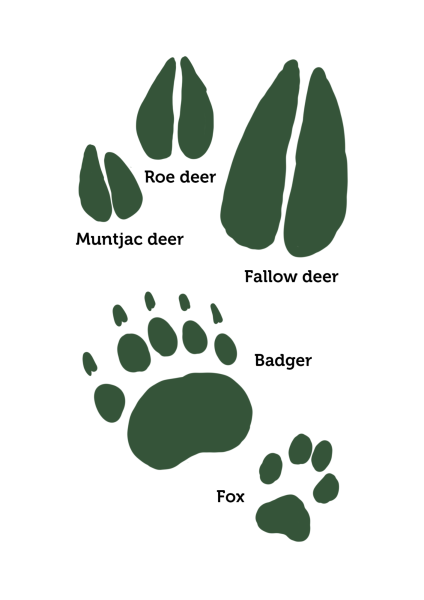
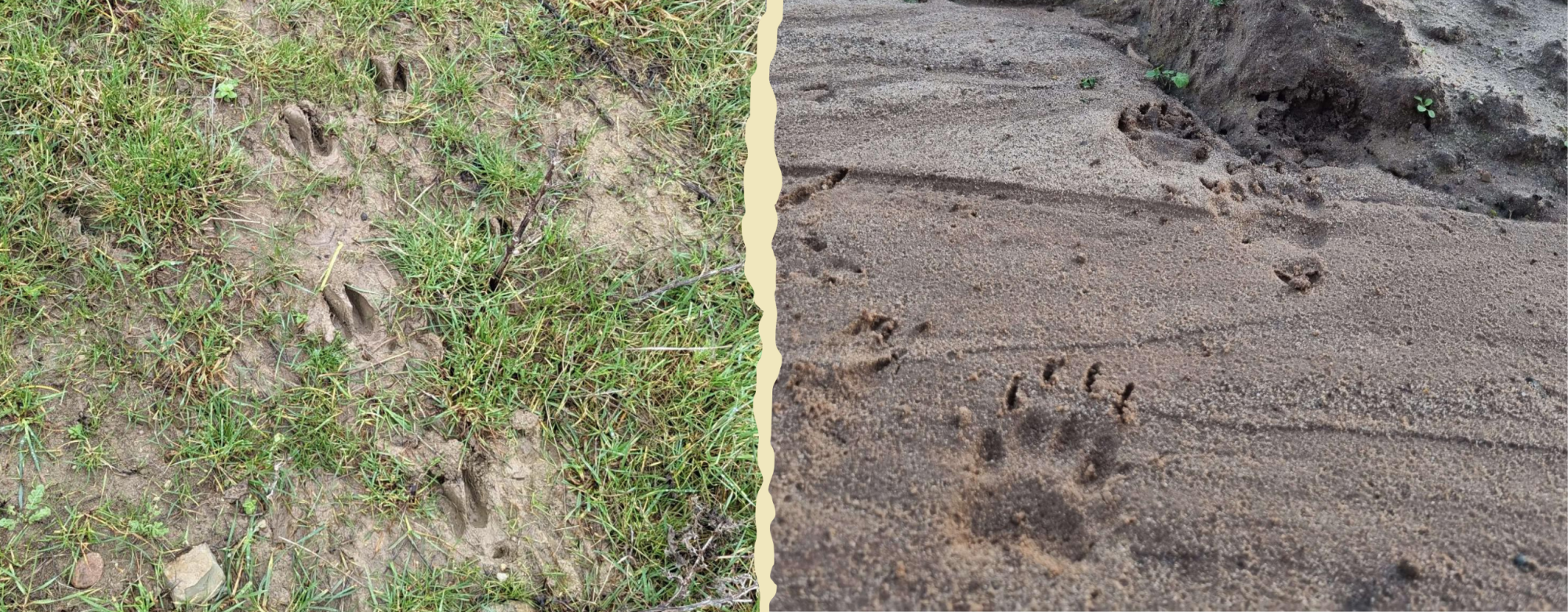
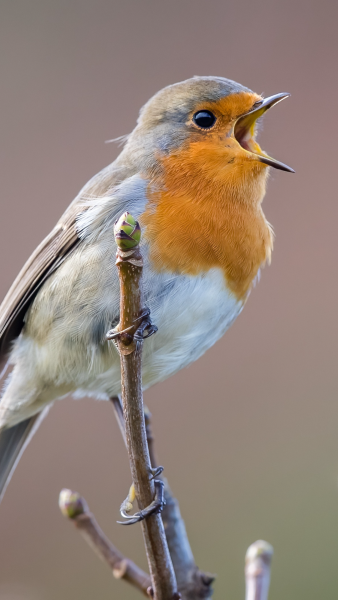
Check our Winter Birds Spotter’s Guide to see what kind of birds and be seen – and heard – in the Forest.
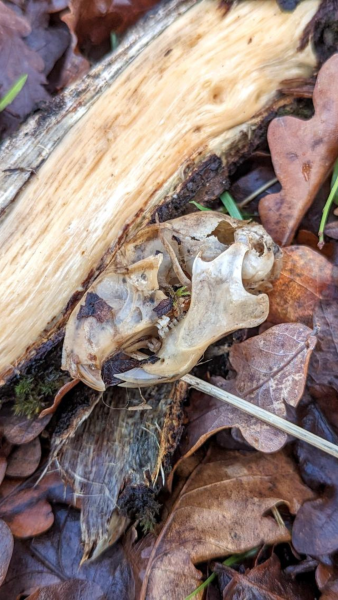
Help to support the Forest and its winter inhabitants
We work hard to grow and protect the Heart of England Forest so that wildlife can thrive through all seasons. We aim to create a mosaic of habitats, from woodland to wetland, and you can help!
You can support our conservation work and protect the future of our native wildlife by becoming a Friend of the Forest, a regular donation of only £5, can have a great impact on the work we do now for the future.



